
If you, like me, were expecting Katana Zero to be a quick and mindless arcade jaunt through a dystopian city like a side-scrolling Hotline Miami, prepare to be surprised. What’s here instead is great gameplay to be sure, but also some of the snappiest dialogue and presentation since Paper Mario and the Thousand Year Door, and a story that pulled me along harder than any amount of wanton slaughter did.
Let’s start with the basics: Katana Zero is one of the most well-produced pixel art projects I’ve ever laid eyes on. Everything from the superb animations (of which there are countless) to the subtle layer of shading that drapes sprites and changes color depending on ambient lighting make it an astonishing feat. I rarely spend much time talking about graphics, but all these effects serve the aesthetic of the world to a huge degree. The retro ’80s theme has been played to death, but somehow, in its sheer earnestness, Katana Zero makes it feel as fresh as ever.
The way Katana Zero uses dialogue to engage the player with its narrative sets a new precedent for interactive storytelling. Was that hyperbolic to say? Maybe. Do I love being able to interrupt chatty NPCs? Absolutely. When presented with dialogue, you can immediately shut down the person speaking with varying degrees of fist-on-face contact. If you practice a little patience and listen along, new dialogue choices arise as information becomes available. It’s all very dynamic feeling and makes even the most blasé discussions feel engaging.

Cruelty and compassion are weighed heavily through this system, and a rush for answers to cryptic questions may lead you to miss crucial details of our protagonist’s plight. These conversations felt nearly as action-packed as the halls that I littered with corpses moments prior – all thanks to the snazzy text boxes that dynamically pace dialogue and punctuate it with effects to emphasize tone. There’s no voice acting in Katana Zero, but thinking back I feel I can hear each character speaking because of how well done it all is.
Our protagonist, to avoid spoilers in a game with a shocking focus on story, has “time powers.” When you fall during a level, you were simply predicting what could’ve gone wrong. You can then use this incremental insight to make a final, complete run.
This “rewind” mechanic is woven into the narrative as well, leading to some clever conversational set pieces that are a rewarding display of your powers. As with any time-foolery, the plot can be bewildering at times, and I found myself itching for a replay to put the pieces together a little better. This isn’t to say it’s not effective storytelling, though, as the game is great at doling out stakes and bending the rules when things start feeling comfortable.

The goal of each stage is to assassinate your target per the dossier (which sometimes asks specific criteria to be met, such as not being detected). Action is broken up between levels with a trip to your therapist, a shady figure that supplies the Chronos: a drug which keeps our hero from slipping into an eternal hellscape of warped time perception. Back at his apartment in the slum known as “Third District”, our samurai sips herbal tea from a filthy countertop before crashing on a disheveled couch. These narrative breaks can seem intrusive in the early game, but the balance is struck more gracefully as things proceed.
The mechanics of Katana Zero’s gameplay are as satisfying as they are simple. There’s a dodge-roll that awards invincibility frames, used to avoid enemy attacks or quickly re-position behind shielded foes. Items like bottles and stone busts can also be picked up and thrown at distant enemies, and these are later amended with various grenades and gadgets.
But, traditionally, many thugs use guns, usually in too great a number to roll through reliably. This is where the game’s best moments lie: pressing the shoulder button to slow time allows you to slash enemy bullets back at them, or re-position more accurately while studying the room. This all comes together to recreate the feeling of one of the best fight scenes in cinema history, blending perfectly with the narrative influence taken from the same source.
Levels start simply, but new mechanics arise in the form of traps, new “throwable” items, and enemy types. Formulating new strategies with these variables, your reflexes and cunning are tested in equal measure towards the game’s conclusion. In lieu of new abilities, set pieces like minecarts, elevators, and Akira-style biker battles propel the action forward as the narrative hurtles along at an equally breakneck pace.
I have a hard time not recommending Katana Zero to any Switch owner, especially those who are fans of neo-noir storytelling, beautiful pixel art, fast-paced action, Hotline Miami, and/or Oldboy. If none of these apply to you, maybe Fortnite is more your speed. Bad jokes aside, this is a thoroughly crafted work of love with an intensity rarely seen in gaming, let alone on a piece of Nintendo hardware.
This review is based on the Nintendo Switch version of the game. A copy was provided by Devolver Digital.



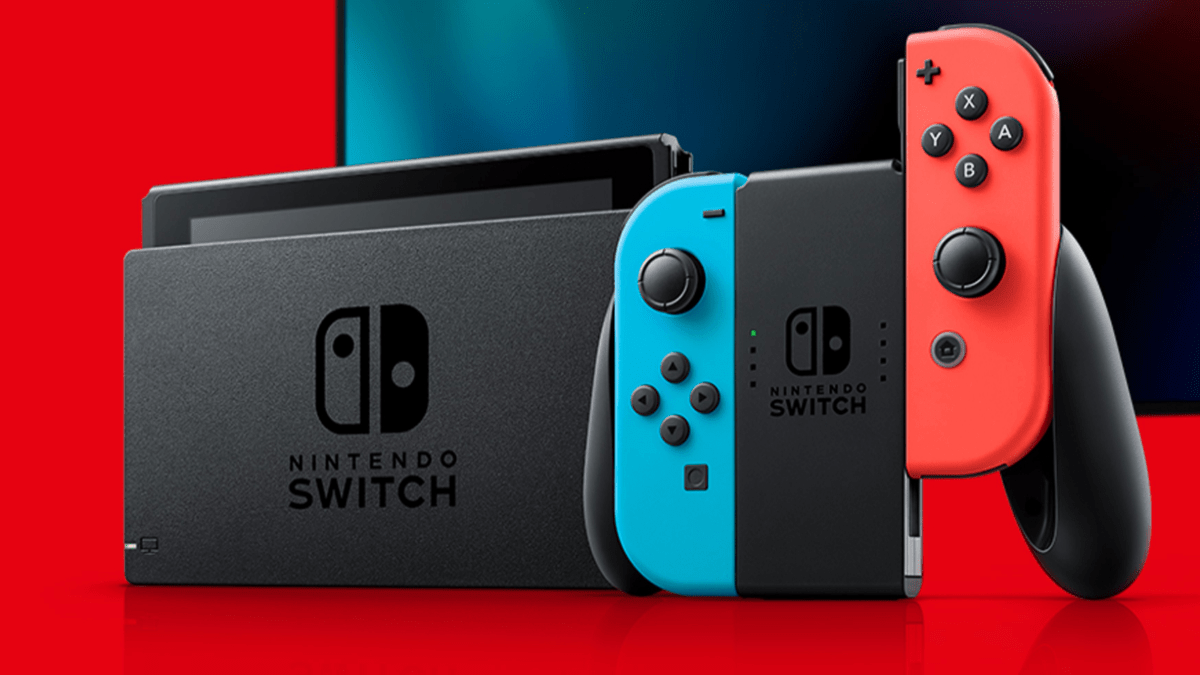
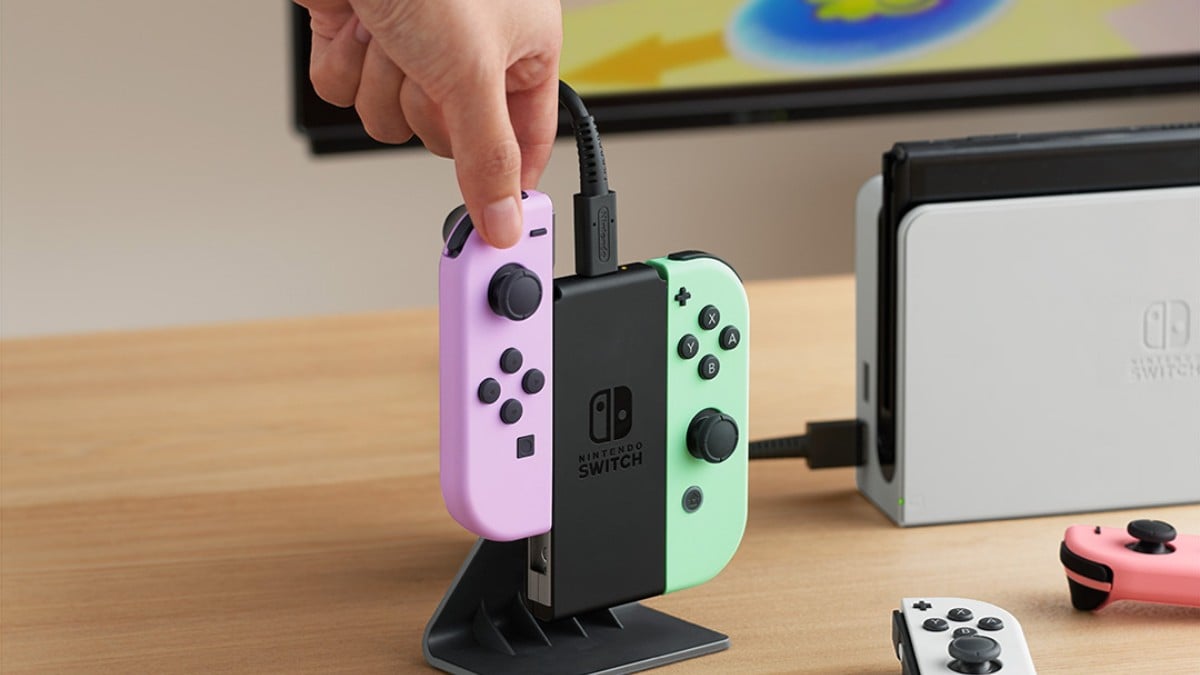
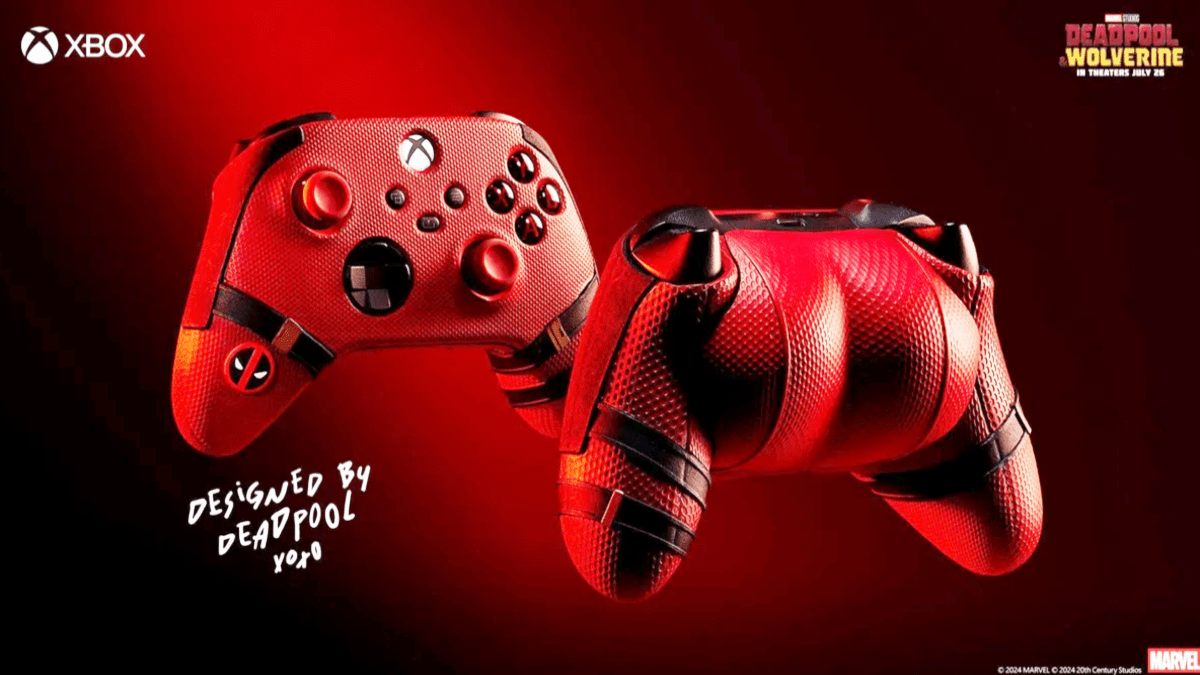
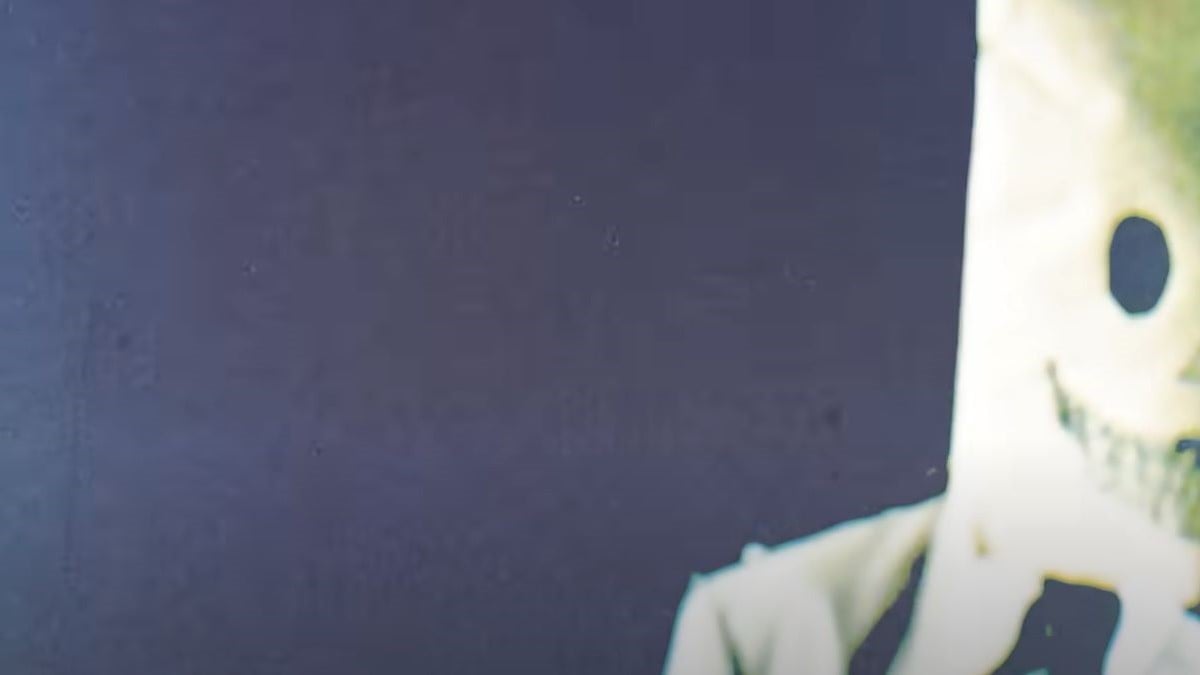
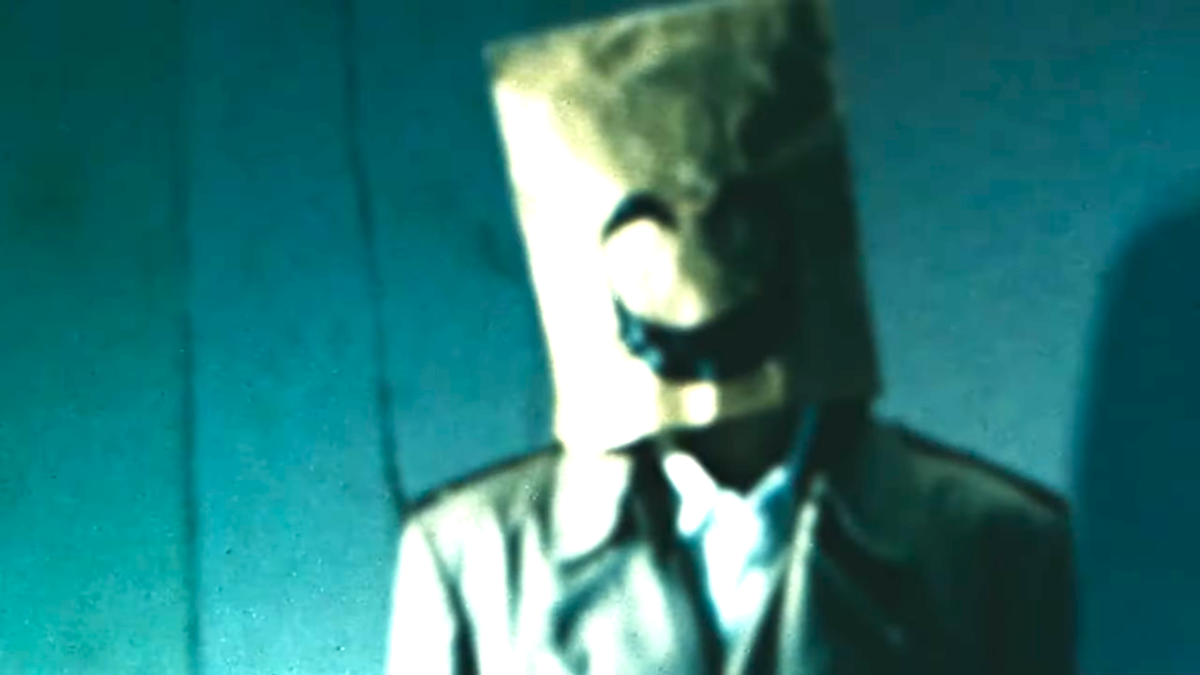
Published: Apr 18, 2019 08:58 am